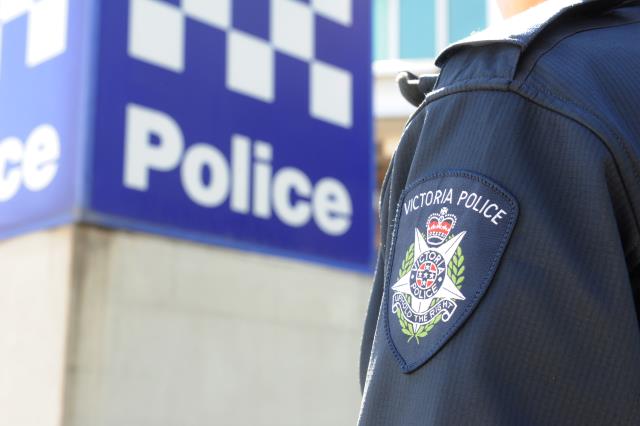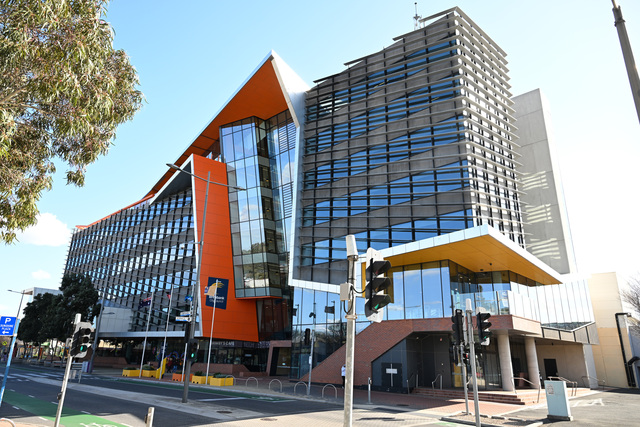The state coroner is calling for permanent safety barriers to be built on one of Melbourne’s deadliest bridges, the EJ Whitten bridge at East Keilor.
The recommendations, published by coroner Audrey Jamieson on April 9, follow an investigation into the death of Ardeer man Tomislav Brekalo in March 2012.
The bridge has been identified as a suicide risk for at least three years, but neither VicRoads nor the state and federal governments have committed to funding even temporary barriers, as money for upgrades was diverted by the federal government for the failed East West Link.
Ms Jamieson recommended that VicRoads “urgently liaise” with the state and federal governments to secure funding for temporary and permanent “public safety barriers to be installed on [the bridge] to prevent jumping suicides at that location”.
VicRoads told the Coroners Court it planned to install public safety barriers when it upgraded the section of road the bridge was on, but it could not say when, as upgrades for that section of road were not presently funded.
VicRoads project director Trevor Boyd said temporary barriers could be installed within 10 months if the state and federal governments provided funding.
Federal funding for the road’s upgrade was redirected last year “at the request of the Victorian government in order to fund other priority infrastructure projects in the state,” according to a spokesman for federal Infrastructure Minister Warren Truss.
“While safety barriers are a matter for the state government, the Australian government would welcome a discussion with Victoria on proposed arrangements for the funding,” the spokesman said.
Roads Minister Luke Donnellan’s spokeswoman acknowledged that safety measures on this bridge remained a priority, and the Andrews government was aware of the coroner’s findings.
In 2012, Mr Brekalo’s sister, Marijana, told Star Weekly she wanted suicide prevention barriers installed on the bridge to prevent further tragedies taking place.
The bridge, which opened to traffic in 1995, stands about 51 metres at its highest point. Its pedestrian barriers are 1.3 metres high.
Ms Brekalo says the height of the pedestrian barriers needs to be raised.
“A person can make a rash decision in a moment of panic when they are not thinking rationally,” she said.
“Having barriers could prevent future suffering on that bridge.”
– with The Age






